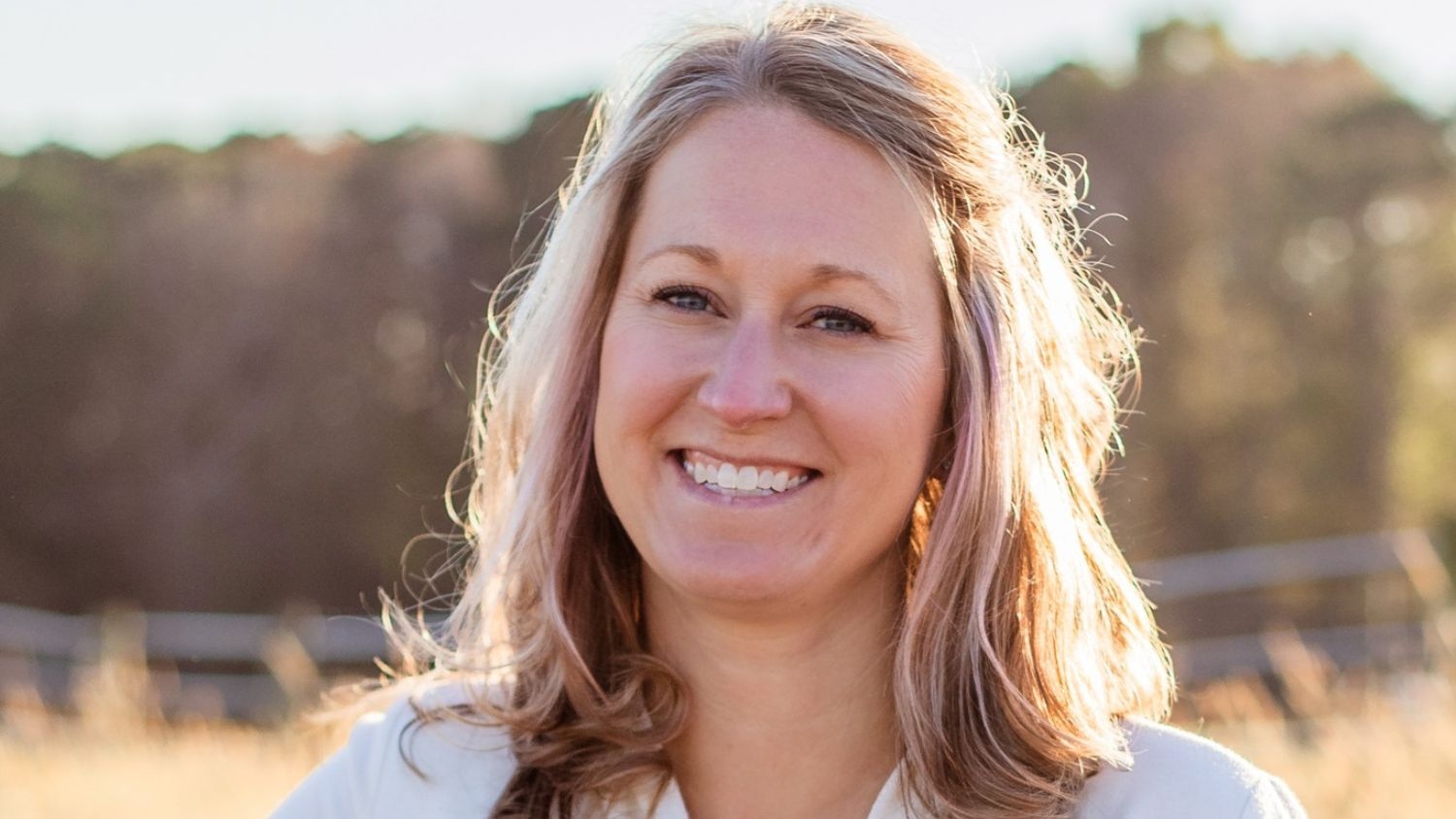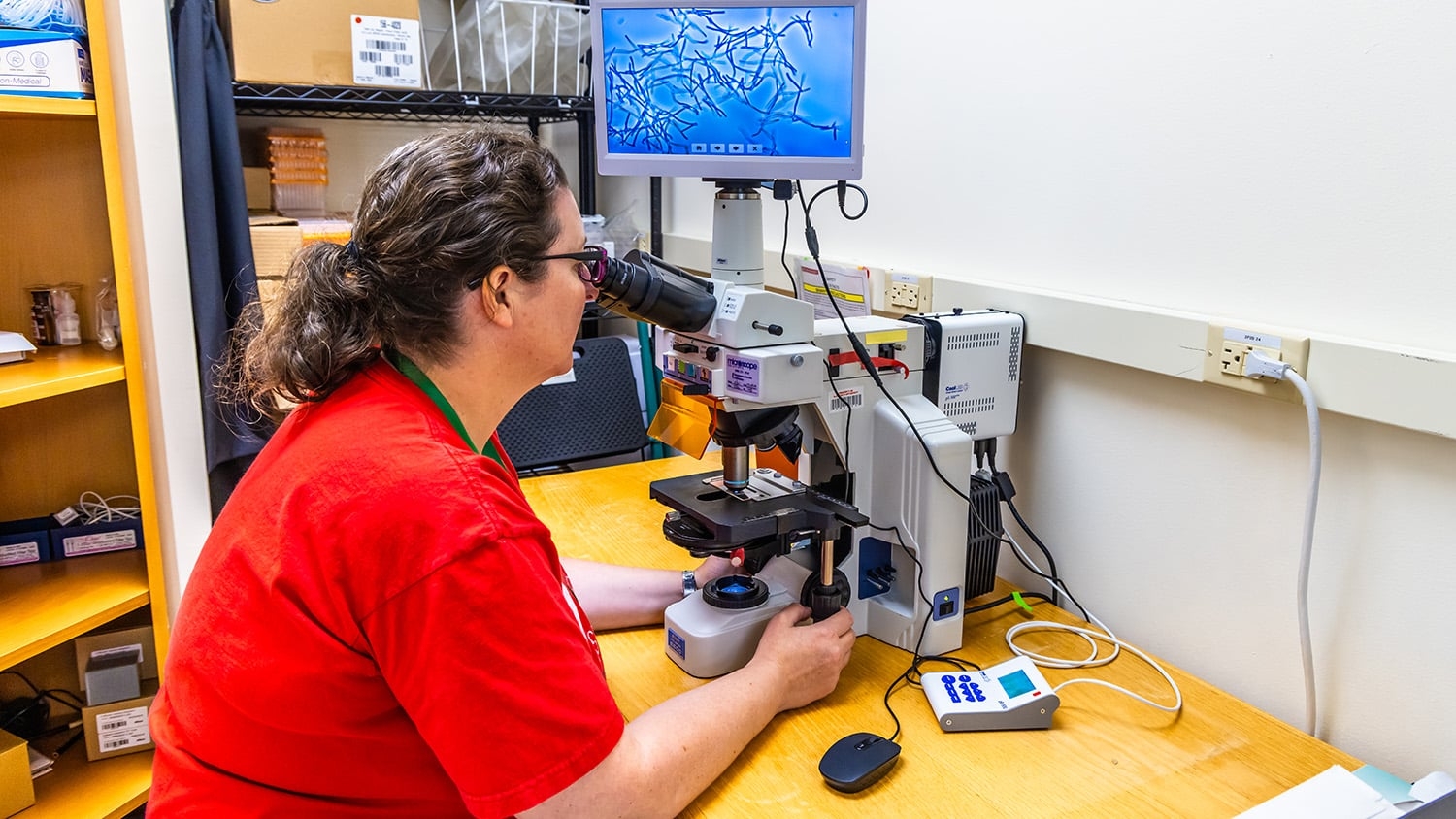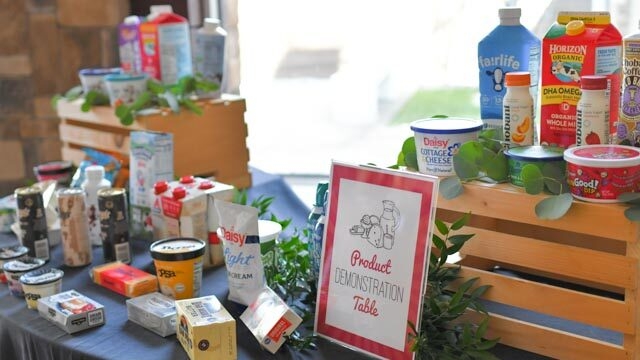Could Plasma Be a Sustainable Solution for Sanitation?
Imagine never having to worry about washing your produce before you eat it. Both the package and the produce would already be sanitized, and you could feel confident it’s safe and clean to consume.
That’s the goal of assistant professor Deepti Salvi within NC State’s Department of Food, Bioprocessing and Nutrition Sciences. As a food engineer interested in food processing techniques, Salvi is researching methods that do not involve heat, including plasma. Plasma is the fourth state of matter, and it’s created by applying energy to gas. It’s also found commonly in nature, including in lightning and the northern lights.
“Most of our universe is made up of plasma, but these are hot plasmas,” says Salvi. “We are talking about cold plasmas, which are at atmospheric pressure and room temperature. You generate it by passing electricity through a gas.”
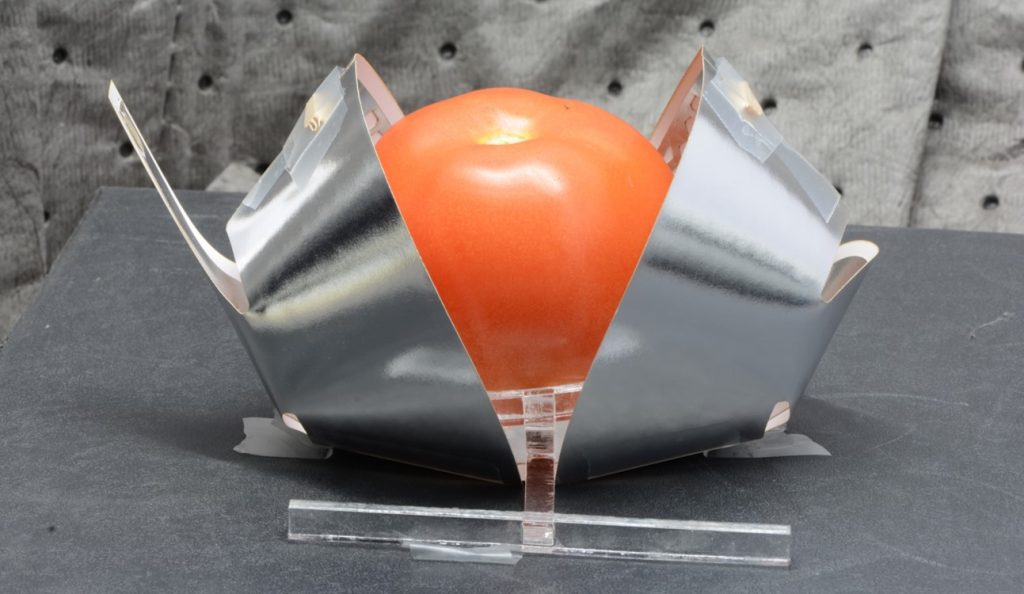
Considered one of the newest technologies in food processing, Salvi is using cold plasma to sanitize food and surfaces. Using plasma instead of conventional sanitizing solutions shows promise in reducing the chance of harmful contamination, while also increasing sustainability and convenience for the consumer.
A New Look at the Grocery Store
With this new technology, instead of putting produce in a plastic bag at the grocery store, it would already be packaged in a sealed, recyclable container, similar to what you see with takeout containers at restaurants.
“Once you open it at home, the produce will be nice and clean.”
“Let’s say you go to the market and you are buying tomatoes,” says Salvi. “They’d already be in a package, and before it went on the shelf, it would have gone through plasma treatment. It would be sealed and there wouldn’t be any harmful bacteria inside. Once you open it at home, the produce will be nice and clean.”
Within the packaging, electrodes generate plasma that is doing all the sanitization work. But conventional electrodes, called volume dielectric barrier discharge (VDBD) electrodes, are expensive. They also require high amounts of energy to work, and the voltage needed increases as a function of thickness of packaging, making its manufacturing at a larger scale difficult.

Instead, Salvi and her colleague Aaron Mazzeo from Rutgers University created a new way to generate plasma called surface dielectric barrier discharge (SDBD) using different materials. SDBD does not require excessive amounts of energy and its energy needs are independent of packaging thickness.
These paper-based electrodes are also flexible with SDBD, unlike VDBD, whose electrodes are rigid. Because the electrodes are flexible, they can conform to a surface and be used inside packaging. Being able to conform closely to the shape of the treated food allows a higher local concentration of plasma to be applied to the surfaces. The electrodes are also paper-based, so they’re cheaper, recyclable, and commercially available.
“We are using these flexible electrodes that can cover the produce and have maximum bacterial inactivation, with lower voltage needed,” says Salvi. “That’s quite exciting for us.”
Sanitizing Without Compromising Quality
Not only did the team study the sanitation efficacy, but they also looked at the quality of the fresh produce after plasma treatment and the scalability of the technology. This study focused on tomatoes and baby spinach, but it can also be used on other types of fresh produce, eggs and chicken.
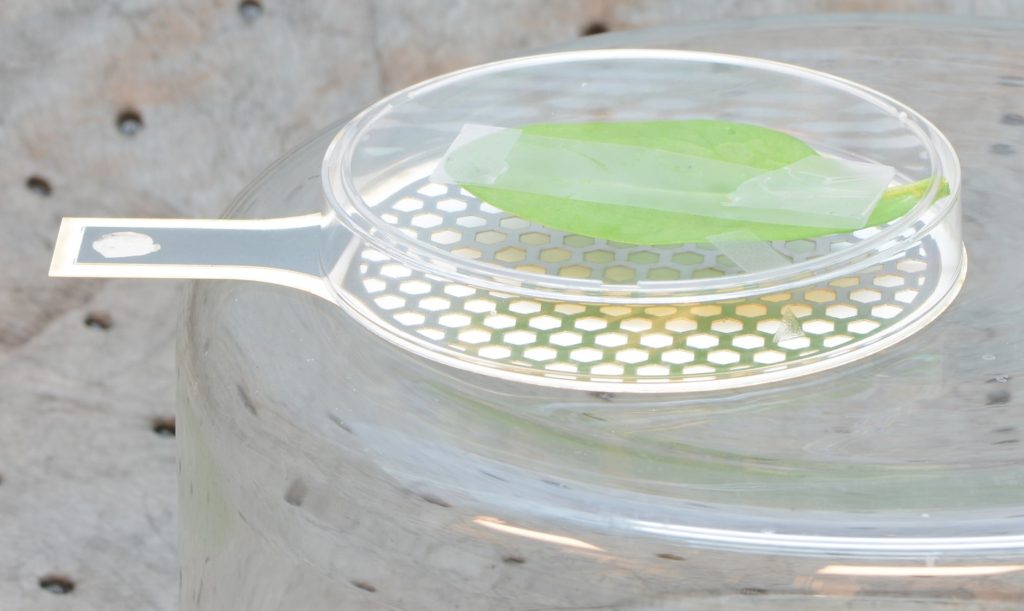
The study showed promising results with plasma’s ability to inactivate both E.coli and Listeria bacteria on the produce. Sanitation efficacy was influenced by several different factors: plasma treatment duration, surface topography of food, type of bacteria, and the conformability of the electrodes. Further optimization of the electrodes and treatment is needed in future studies because the baby spinach suffered a decrease in quality and there was slightly lower bacteria inactivation on tomatoes than spinach.
The Many Benefits It Could Provide
The technology Salvi and her colleagues are creating shows promise in many different areas. For safety, it would reduce the risk of post-process contamination, provide sanitation of not only the produce, but also the packaging, and it would all be chemical-residue and pathogen free.
It’s also more sustainable than conventional plastic bags because all of the packaging is recyclable. Water is also not required because the produce doesn’t need to be rinsed, reducing the pressure on having access to clean, safe water. In addition, it increases convenience to the consumer because the produce in its packaging can be directly stored after purchase.
Ensuring Safety
The technology is new and the researchers want to make sure it’s safe before using it more broadly.
“When you ionize air, you have reactive nitrogen species and reactive oxygen species like ozone,” says Salvi. “We conduct our research under a laminar flow hood so we don’t expose anyone operating the unit to high concentrations of reactive oxygen and nitrogen species.”
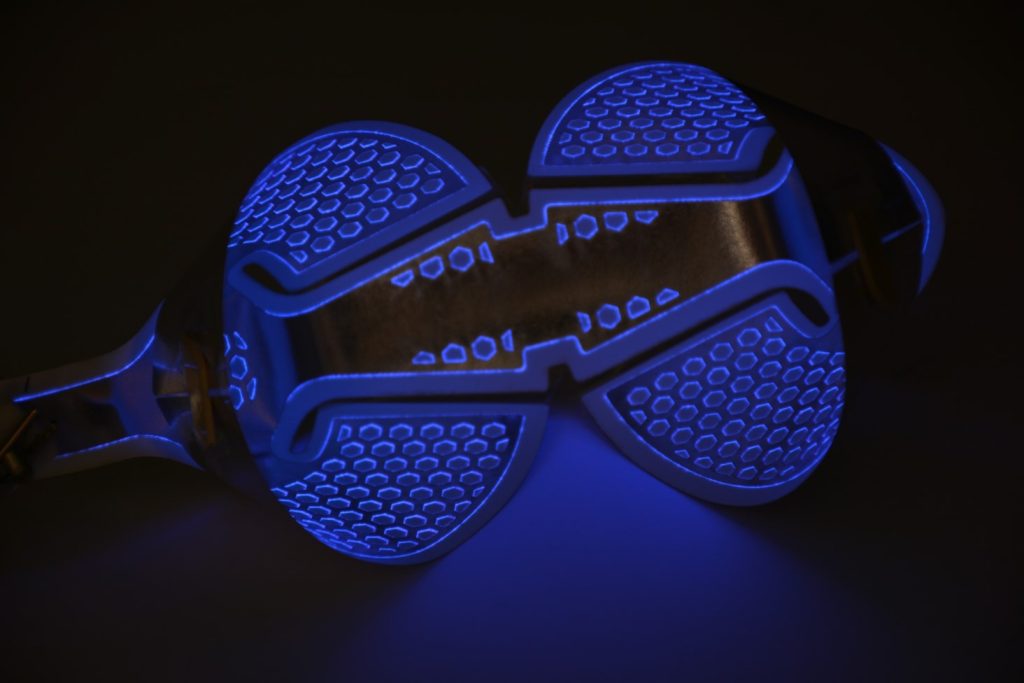
Salvi and the other researchers have searched the produce and other food contact surfaces extensively for these dangerous compounds.
“We checked on the surfaces that we treated with plasma to see if there were any new compounds formed, but we didn’t find any harmful products. There are ozone and NOx species that are created, which if they are beyond a certain level, they are considered harmful by OSHA. I don’t think we are producing much in this. The produce is also in packaging, so by the time consumers open it, we don’t expect it to have any residues.”
The work has resulted in a USDA grant (USDA NIFA AFRI Award # 2019–06719) in collaboration with NC State’s Katharina Stapelmann from the Department of Nuclear Engineering and Rutgers University’s Mazzeo.
The paper, “Cold plasma from flexible and conformable paper-based electrodes for fresh produce sanitation: Evaluation of microbial inactivation and quality changes,” is published in the Food Control Journal. In addition to Salvi and Mazzeo, the paper was authored by NC State postdoctoral researcher Qingyang Wang and Rutgers University’s Ramendra K. Pal, Hao-Wei Yen, Siddhant P. Naik and Mark K. Orzeszko.
This post was originally published in College of Agriculture and Life Sciences News.
